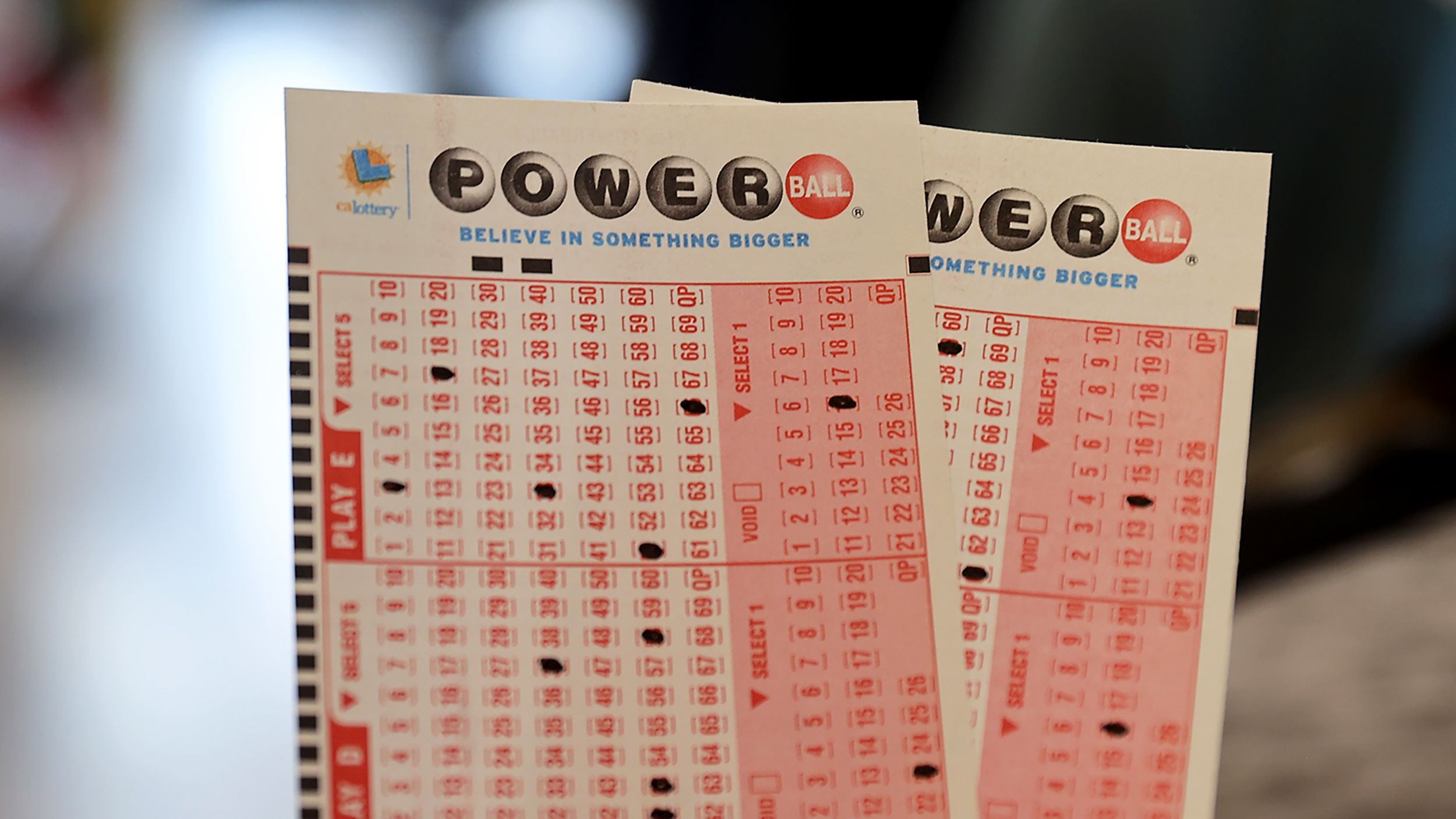
In the US, we spend billions on lottery tickets every year, making it the country’s largest gambling activity. State governments promote the lottery as a way to raise revenue for important services like education and public works. But how much of a difference that revenue really makes, and whether it’s worth the trade-off to people who lose money, are questions that deserve an honest, open debate.
Lottery is a game in which numbers are drawn to determine ownership or other rights. Its roots go back to ancient times when people would draw lots to determine the best servants or other important tasks. The modern lottery system was developed in the US after World War II. By then, states had begun to expand their social safety nets and needed extra revenue. The lottery was seen as an ideal source because it raised relatively little in taxes from the working class and middle classes.
There are many different ways to run a lottery. The key elements are a means of recording the identities and amounts staked by each participant, some method for shuffling and selecting winners, and a prize pool. The prize pool can be a single large amount or a series of smaller prizes. Depending on the culture, the winnings may be cash or goods.
Most modern lotteries record the names and amounts staked by each player on a ticket, which is deposited for future drawing. Some types of ticket include a barcode that is scanned by a machine to record the information electronically. Others use a special receipt with the player’s number or symbols. The winner’s name is then matched to the records before the prize is awarded.
A large part of the prize pool is used for organizing and promoting the lottery, and a percentage is also set aside as profits or revenues to the state or other organization running the lottery. The remaining amount available for winners is often determined by the size of the jackpot, and the frequency of rollover drawings.
The prize amount and the odds of winning are the biggest factors in determining lottery participation rates. The big jackpots entice players to spend large sums, even though the chances of winning are slim to none. The message that lottery marketers convey is that if you play enough, you’re bound to win. This frightens some people away from playing the lottery altogether, while others see it as an acceptable low-risk investment.
The vast majority of lottery participants are men, and the gender gap is wider for lower-income people. The average household income of lottery players is about $70,000. The top 10% of households spent nearly twice as much on lottery tickets as the bottom 10%. It is not surprising that low-income people are less likely to participate in the lottery than their wealthier counterparts, as they have fewer resources to invest in it. Buying a lottery ticket costs them money that could be saved for retirement or college tuition.